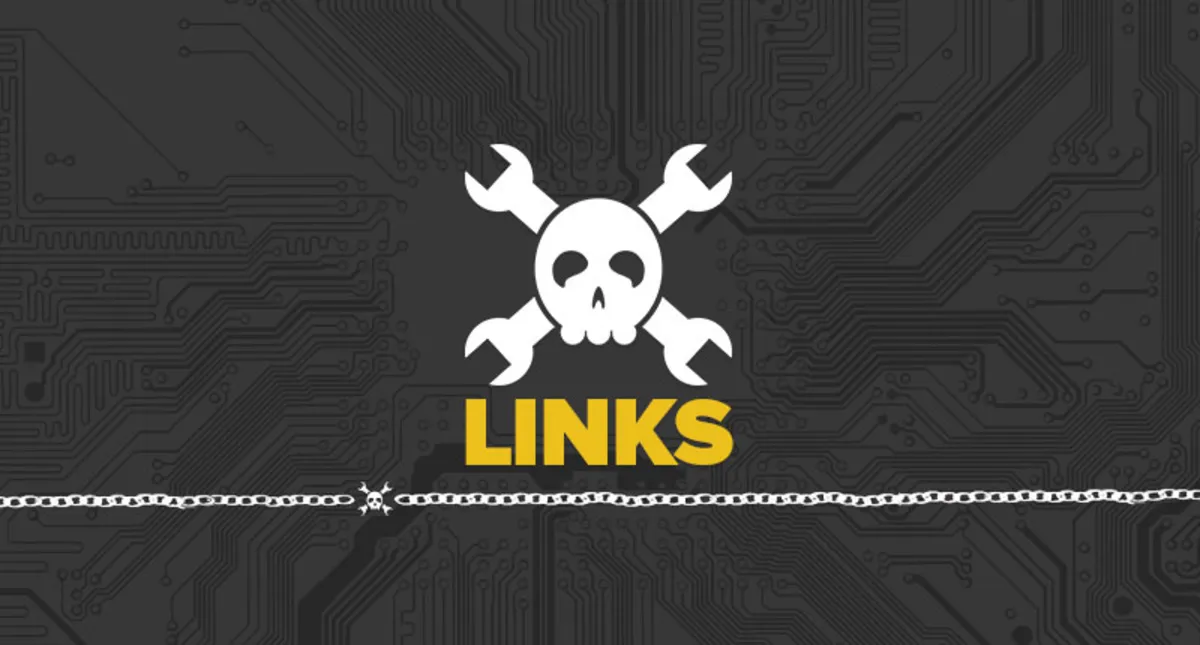
It’s been a particularly eventful week in space news, and much of it has been less than favorable. However, there is a silver lining with the successful landing of Firefly’s Blue Ghost Mission 1 on the Moon’s surface on March 2. This remarkable achievement marks Firefly as the first commercial entity to successfully perform a soft landing on the Moon. The lander is part of NASA’s Commercial Lunar Payload Services program and carries ten scientific payloads, including a GPS/GNSS receiver that effectively tracked signals from Earth-orbiting satellites. Fortunately, all scientific payloads have successfully completed their missions before the impending lunar night, as the lander is not equipped to endure the lengthy, frigid conditions.
In contrast to Firefly’s accomplishment, Intuitive Machines made a less triumphant attempt just a day later. Their NOVA-C robotic lander Athena managed a somewhat controlled landing; however, it now rests on its side rather than in an upright position. This has become a surprisingly common issue among recent lunar landings, reflecting the ongoing challenges in this arena.
Moreover, this week also saw the loss of the world’s first private asteroid mining mission and the dramatic conclusion of SpaceX's Starship test flight 8. This test flight ended in an explosion shortly after booster separation, a situation that Scott Manley has expertly analyzed. The explosion was reportedly triggered by a fire in the engine bay, leading to a rapid loss of thrust from four out of six engines. The spacecraft subsequently began to tumble before ultimately disintegrating. On a brighter note, the booster’s return was successfully captured by the chopsticks mechanism—a feat that continues to impress.
Switching gears from space exploration, we turn to the ongoing issues with printer manufacturers and their controversial practices. Brother, which was previously regarded as one of the few manufacturers not engaging in anti-consumer tactics, is now facing accusations of sending firmware updates that disable printer functionality when non-OEM cartridges are used. This claim, made by Louis Rossman—a prominent advocate for the right to repair—has sparked significant concern among users. He noted that Brother is now “among the rest of them,” a statement based on a limited sample of affected users.
In response, Brother has denied these allegations, asserting that their firmware updates do not block third-party ink usage. However, they have not provided much clarity on the reported issues, suggesting that users may be confused during troubleshooting. At this point, the real situation remains uncertain, leaving consumers to ponder whether to avoid printers altogether or opt for the cheapest models and repurpose them for parts once the starter cartridges run out.
For those who have built extensive collections of physical media, particularly DVD films and TV shows, there’s another troubling trend to consider: DVD rot. This issue has been notably observed with discs manufactured by Warner Brothers Discovery between 2006 and 2008. Reports indicate that the polycarbonate layer is delaminating from the Mylar inner layer, leading to cloudy areas that obscure the data stored on the discs. Warner Brothers is aware of the problem and is providing replacements for defective discs, either with the same title or a comparable one if the original is no longer available.
This defect could potentially affect beloved collections, such as Looney Tunes. However, on the bright side, it presents an opportunity to indulge in a marathon of classic cartoons while addressing the issue at hand.